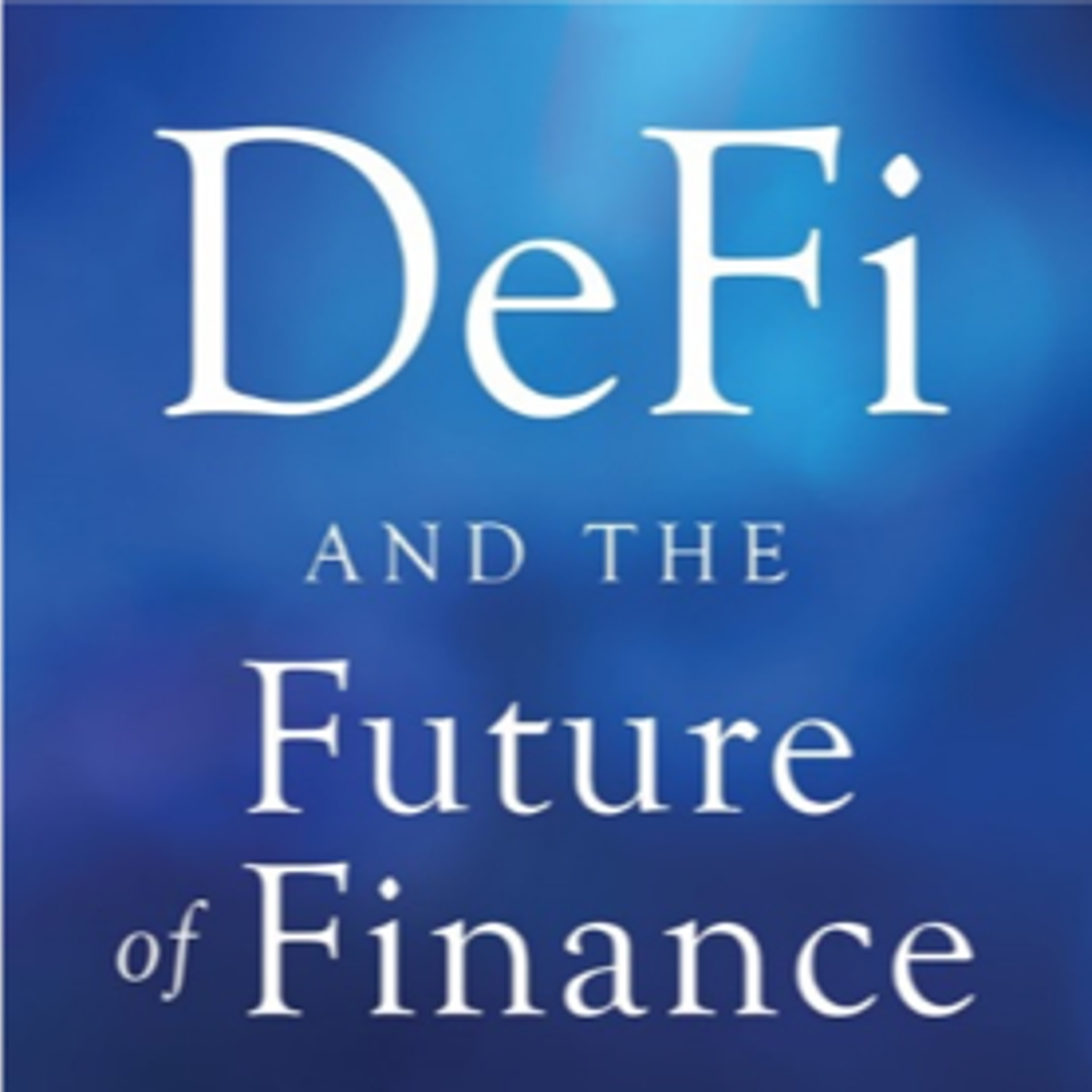Back to Courses









Business Courses - Page 48
Showing results 471-480 of 2058

Draw out Creative Ideas with Reverse Brainstorming in Miro
By the end of this project, you will be able to lead team idea generation with reverse brainstorming in Miro.
To do this, you will gain hands-on experience in Miro while you apply guided brainstorming strategies that focus on problems so that they can be identified and prevented before a product goes live.
Note: This course works best for learners who are based in the North America region. We’re currently working on providing the same experience in other regions.

ESG and Social Activism
In this course, you will get an overview of the impact of contemporary ESG ratings and how a company balances ESG issues against its financial performance. You will evaluate the effectiveness of corporate authenticity and the impacts of politics when building corporate ESG policy. You will also learn about social activism’s ability to disrupt markets, and the roles that stakeholders play when dealing with financial markets.
Next, you will learn about corporate Boards, and the importance of creating independent Directors that can maintain neutrality to protect the interests of both the business and shareholders. You will also learn how Board structure is managed, methods for selecting Board members, and the role that Boards play when crafting ESG policy.
Lastly, you will look at the necessity of creating a diverse and inclusive culture within an organization and will examine best practices for boards to create strong crisis and risk management policies.
By the end of this course, you will have a comprehensive understanding of how social activism affects the corporate world in the 21st century, how to build a Board of Directors that can incorporate ESG issues into risk management and governance strategies, and how encouraging diverse and inclusive culture benefits companies.

Coding for Designers, Managers, & Entrepreneurs II
Do you want to experience what it is to go from idea to code? If so, this is the place for you! This is the second course in the Coding for Designers, Managers, and Entrepreneurs Specialization. If you’re a hands-on collaborator with developers, this course is specifically designed for you. In this course, we’re going to focus on creating interactive user interfaces (UI’s) with Javascript, building creative confidence and competence that will make you an even better collaborator on digital projects. This course was developed at the Darden School of Business at the University of Virginia and is taught by top-ranked faculty.
Turn Ethical Frameworks into Actionable Steps
Ethical principles build a strong foundation for driving ethical technologies. Principles alone can be elusive and impractical for application. Ethical frameworks based upon these principles provide a structure to guide technologists when implementing data-driven solutions. However, ethical frameworks, along with standards and regulations, can make compliance tasks more complex, and they can also raise the tension between ethical duties and business practicalities. An approach is needed to reconcile these issues. This second course within the Certified Ethical Emerging Technologist (CEET) professional certificate is designed for learners seeking to analyze ethical frameworks, regulations, standards, and best practices and integrate them into data-driven solutions.
Students will become familiar with frameworks and the common ethical principles they are based upon and how they can be applied across a variety of ethically driven dilemmas. You will learn applicable regulations and best practices established across global organizations and governments and how to navigate the integration of these standards in the context of business needs.
This course is the second of five courses within the Certified Ethical Emerging Technologist (CEET) professional certificate. The preceding course is titled Promote the Ethical Use of Data-Driven Technologies.

Introduction to Cost Accounting
By the end of the project, you will be able to use both absorption costing and activity-based costing to determine the cost of a product your company is making. This will allow you to determine the pricing of your product. This is directly relevant for management accountants, performance managers, marketers, and owners of a business.
Note: This course works best for learners who are based in the North America region. We're currently working on providing the same experience in other regions.

Introduction to Financial Engineering and Risk Management
Introduction to Financial Engineering and Risk Management course belongs to the Financial Engineering and Risk Management Specialization and it provides a fundamental introduction to fixed income securities, derivatives and the respective pricing models. The first module gives an overview of the prerequisite concepts and rules in probability and optimization. This will prepare learners with the mathematical fundamentals for the course. The second module includes concepts around fixed income securities and their derivative instruments. We will introduce present value (PV) computation on fixed income securities in an arbitrage free setting, followed by a brief discussion on term structure of interest rates. In the third module, learners will engage with swaps and options, and price them using the 1-period Binomial Model. The final module focuses on option pricing in a multi-period setting, using the Binomial and the Black-Scholes Models. Subsequently, the multi-period Binomial Model will be illustrated using American Options, Futures, Forwards and assets with dividends.

Marketing Channel Functions
This course is ideal for individuals who currently work in or are targeting opportunities in consulting and strategy, industrial sales and buying, marketing management, entrepreneurship and business development.
This course will cover the concept of channel functions, or the supply side of designing routes to markets. Channel functions are the necessary activities that channel members must provide in order to create the channel benefits that customers desire. You will learn a framework that quantifies channel functions and ultimately, how to use them as the basis for determining channel member work loads and compensation. A final exercise considers how to monetize shipping benefits and align the channel benefits demanded with the necessary supply side activities.

Solving Problems with Creative and Critical Thinking
In order to find a solution, one needs to be able to analyze a problem. This short course is designed to teach you how to solve and analyze problems effectively with critical and creative thinking.
Through the use of creative and critical thinking you will learn how to look at a problem and find the best solution by analyzing the different ways you can solve a problem. By taking this quick course you will gain the skills you need to find the root cause of a problem through the use of a five-step method. You will learn the process you must go through in order to find the problem, which leads to finding a solution.
You will gain the necessary skills needed for critical and creative thinking which will be the foundation for successfully solving problems. This course provides fundamental skills that you will need to use in your day to day work.
The course is suitable for anyone – students, career starters, experienced professionals and managers - wanting to develop problem solving skills regardless of your background. By taking this course you will be gaining some of the essential skills you need in order to be successful in your professional life.
This course is part of the People and Soft Skills for Professional and Personal Success Specialization from IBM.

Decentralized Finance (DeFi) Deep Dive
DeFi and the Future of Finance is a set of four courses that focus on decentralized finance. The third course is called DeFi Deep Dive. It is essential that you do the first two courses I. DeFi Infrastructure and II. DeFi Primitives before doing this course. It is the longest of the four courses and focuses on some of the leading protocols in the DeFi space. We will look at Credit and Lending (and feature MakerDAO, Compound and Aave), Decentralized Exchange with an analysis of how protocols like Uniswap and Balancer works, Derivatives (featuring Yield Protocol, dYdX and Synthetix) and Tokenization with an analysis of Set Protocol as well as wrapped bitcoin. For many of these leading protocols, we include detailed examples of how the mechanics work. For example, we show how to use a dYdX flash swap to execute an arbitrage transaction (take advantage of different prices on different exchanges for the same asset).

Building the Business Model for Corporate Entrepreneurs
Led by Dan Gordon, a University of Maryland faculty member who teaches business modeling in the National Science Foundation's I-Corps Program, this course enables you to develop and apply the Business Model Canvas tool to scope a corporate challenge or opportunity. You will learn how to identify and communicate the nine elements of a business model: Customer Segments, Value Propositions, Channels, Customer Relationships, Revenue Streams, Key Resources, Key Activities, Key Partners, and Cost Structure.
Your completed project will be a customer-validated Business Model Canvas that outlines the business case for a new product or service to address your selected challenge or opportunity in a corporate context. This project is derived from four areas of focus in the course:
• Identifying how to create and deliver value for existing and future customers of the company;
• Learning how to extract value for the corporate venture in a sustainable fashion;
• Conducting in-depth interviews to guide the customer discovery process for your corporate venture; and
• Developing business models that encompass the product or service, customers, and economic engine that deliver on the corporate venture objectives.
Try this course for FREE at https://www.coursera.org/learn/corporate-entrepreneurs-business-model
Popular Internships and Jobs by Categories
Browse
© 2024 BoostGrad | All rights reserved


